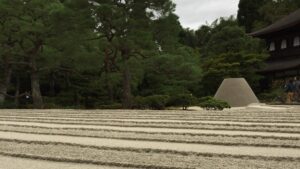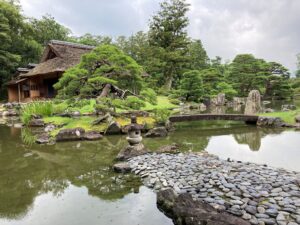Why did So Many Emperors, Court Nobles, and Samurai visit the Iwashimizu Hachimangu Shrine?
In the year 860, the Iwashimizu Hachimangu Shrine was established by an oracle who voiced a fervent wish to stand in proximity to the Imperial palace, safeguarding the nation. Thus, the venerated Hachiman deity was enshrined as a national guardian deity in Kyoto along the head shrine of Hachiman Okami, Usa Jingu Shrine in Kyushu. It has a unique architecture known as "Kimon-fuji," designed to ward off demons, which means cutting off the horns of daemons. This practice involves intentionally rounding off the main shrine's northeastern corners (facing Kyoto) to aim to block calamity. The blessings of the Hachiman Okami continue to this day.
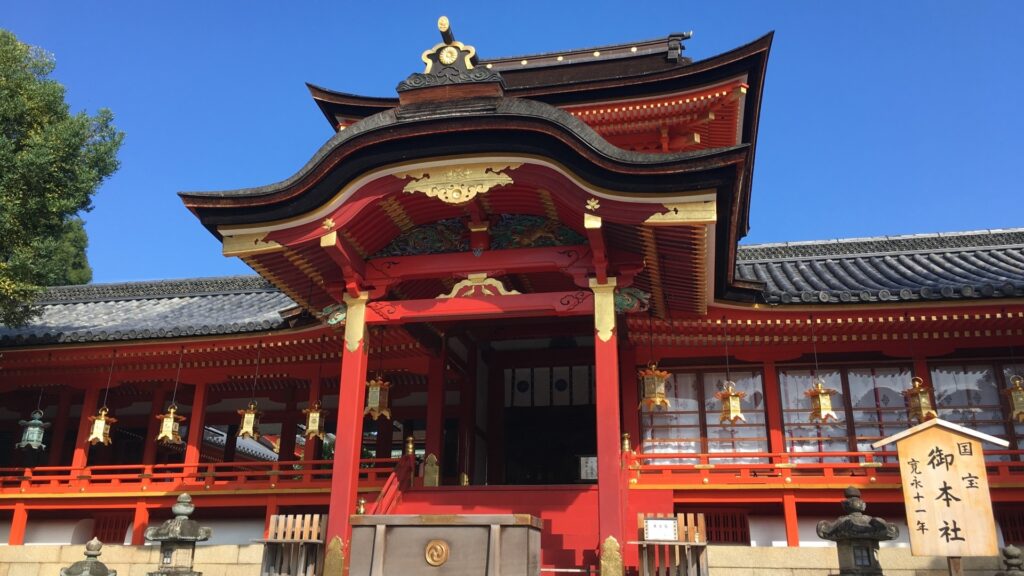
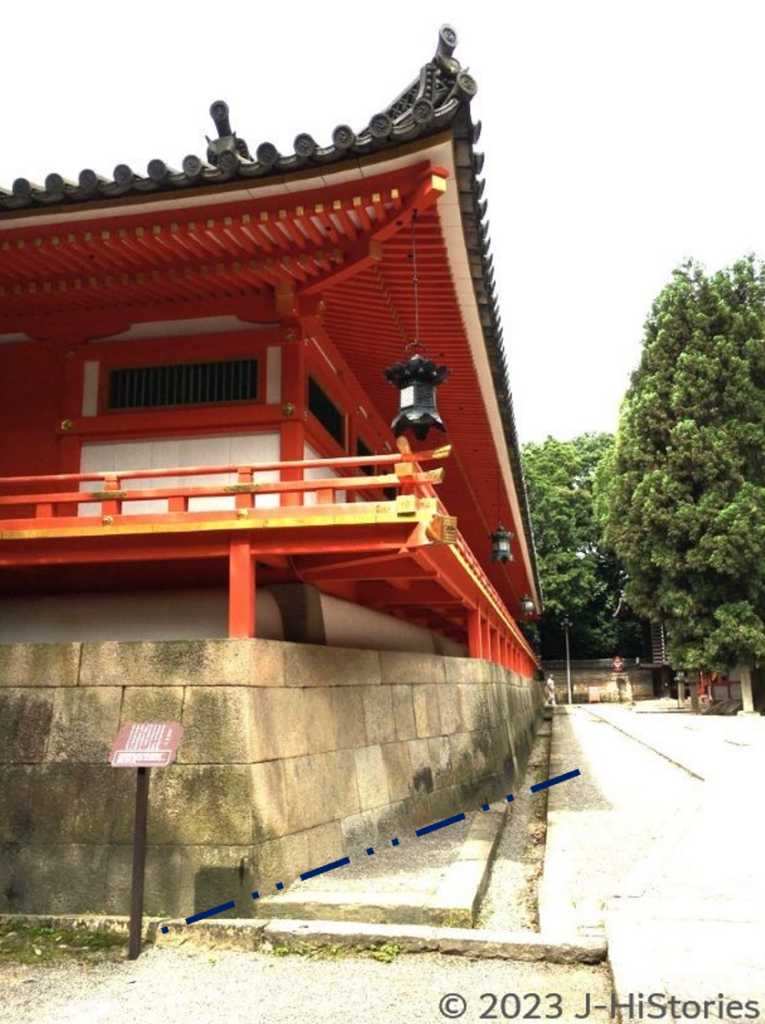
The Moment when the Hachiman Okami Deity Became the Guardian Geity of the Nation
By the latter half of the seventh century, the power of Yamato sovereignty (Imperial court) had reached southern Kyushu but the ruling system was not yet perfected so many groups of residents, called Kumaso or Hayato, defended their local authority. In 720, Hayato’s largest rebellion occurred. The imperial army carried the Hachiman deity in a portable shrine and suppressed Hayato the following year. After the putting down of this revolt, Hachiman became a deity for protecting the nation.
Hachiman Okami Active in National Crisis
The adoration and respect toward Hachiman Okami by the Emperors and the Imperial court increased in times of national crisis. Emperors and the Imperial court prayed to Hachiman Okami to protect the nation on no less than 240 occasions. Major Samurai also prayed for their victories to Hachiman Okami as well. Noteworthy instances of these prayers directed to Iwashimizu Hachiman Okami include:
- Johei and Tengyo Rebellion in 939: A historic turning point, making the first-ever rebellion against the Imperial Court by two local Taira and Fujiwara clans: Taira Masakdo and Fujiwara Sumitomo, in Japanese history. This rebellion heralded the emergence of the samurai class.
- Mongol Empire Invasions in 1274 and 1281: Japan succeeded in defeating the Mongol forces. However, the reciprocal “favor and service” relationship fell apart without any additional favors to warriors, triggering the collapse of the Kamakura Shogunate.
- The Battle of Sekigahara in 1600: the largest battle in Japanese feudal history between two Toyotomi and Tokugawa clans at the end of the Warring States period, which led to the establishment of the Tokugawa Shogunate.
Johei and Tengyo Rebellion
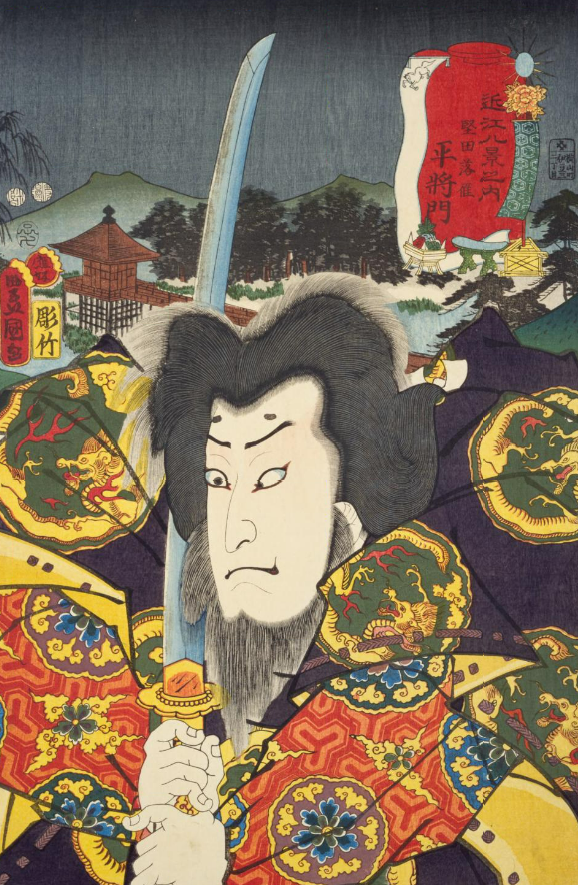
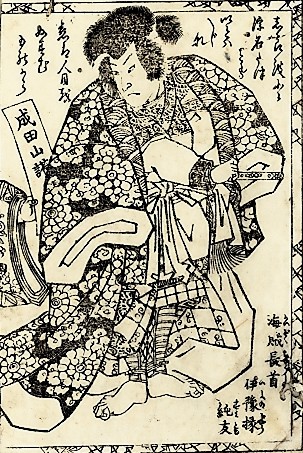
Mongol Empire Invasions
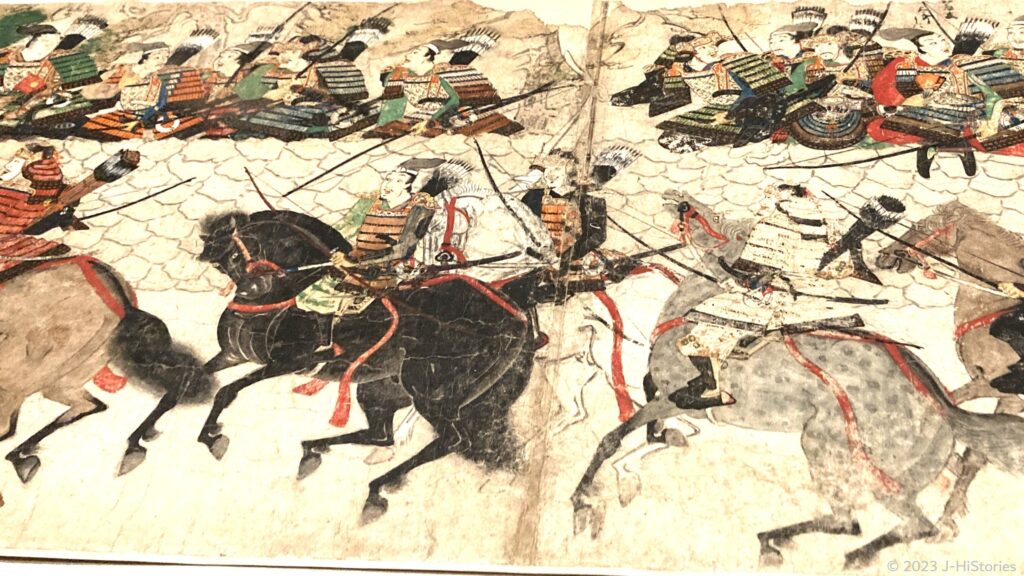
The warrior, Takezaki Suenaga, marches with his retinue in front of the defensive stone wall
The Battle of Sekigahara
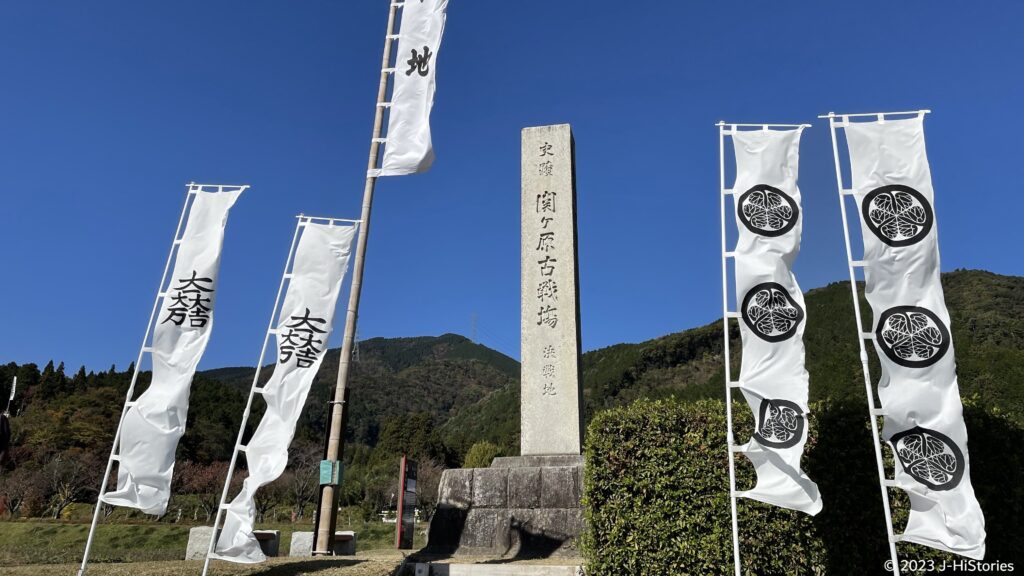
The Battle of Sekigahara was a clash between the Eastern Army led by Tokugawa Ieyasu and the Western Army led by Ishida Mitsunari.
A Festival of Unique Allure Unfurls Through the Night

The Iwashimizu Festival is one of the three Chokusai, a festival attended by an imperial messenger sent by the emperor, along with the Aoi and the Kasuga Festivals. Its inception traces back to 863, and it’s aptly known as a "Moving Classic," an evocative reenactment of a dynastic beautiful possession in the Heian period. At 2 a.m. on September 15th, three divine spirits of Hachiman Okami descend to a temporary shrine at the foot of the mountain from the main shrine on the top, cradled by Shinto priests and 500 following priests. Illuminated solely by lanterns’ gentle flicker in pure darkness, the scene exudes an aura of mystique. Within this mysterious ambiance, Kagura music and traditional dances, a tribute to the deities' enjoyment, are devoted. The sacred food, flowers, a horse, and more are presented by the Imperial Court to the Hachiman Deities. As dawn breaks, a religious Hojoe ritual is held. Captive creatures of river and sky are released into Hojo River, a reminder of life's sanctity. With dusk, the journey finds its conclusion. The three deities return to the main shrine on the top of the mountain. The Ishimizu Matsuri, a festival of unique allure unfurls through the night and prays for the safety of the nation and the prosperity of its people.
Recommendations to visit
- Access: 3 minutes from Kyoto Station on the JR Nara line bound for Nara and get off Tofukuji Station (東福寺). Then take Keihan Main Line bound for Yodoyabashi and get off Iwashimizu Hachimangu (石清水八幡宮). Take the cable car to Hachimangu Sanjo Station, then a 5-minute walk.

